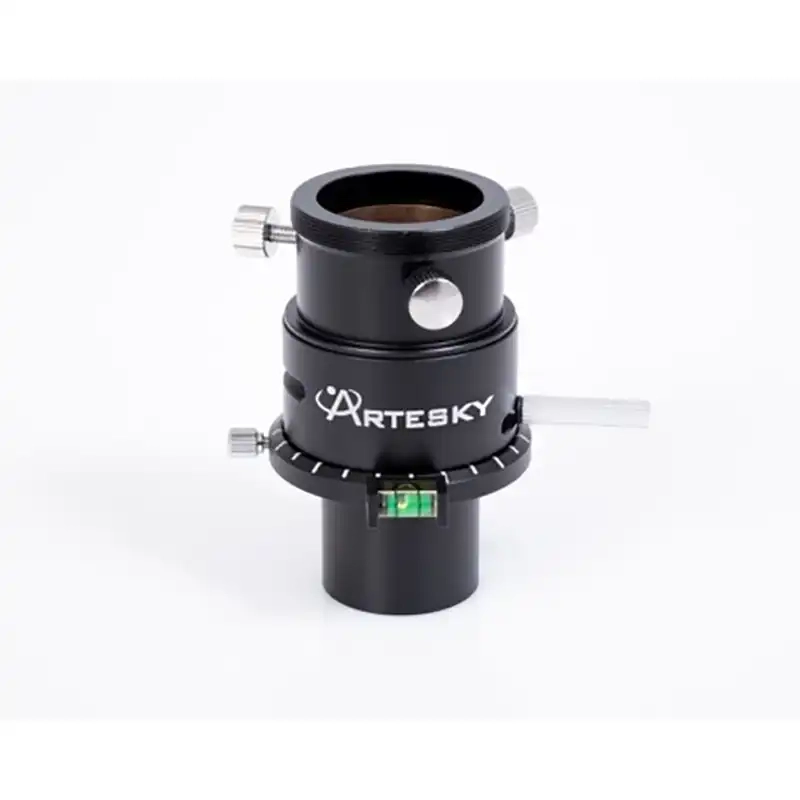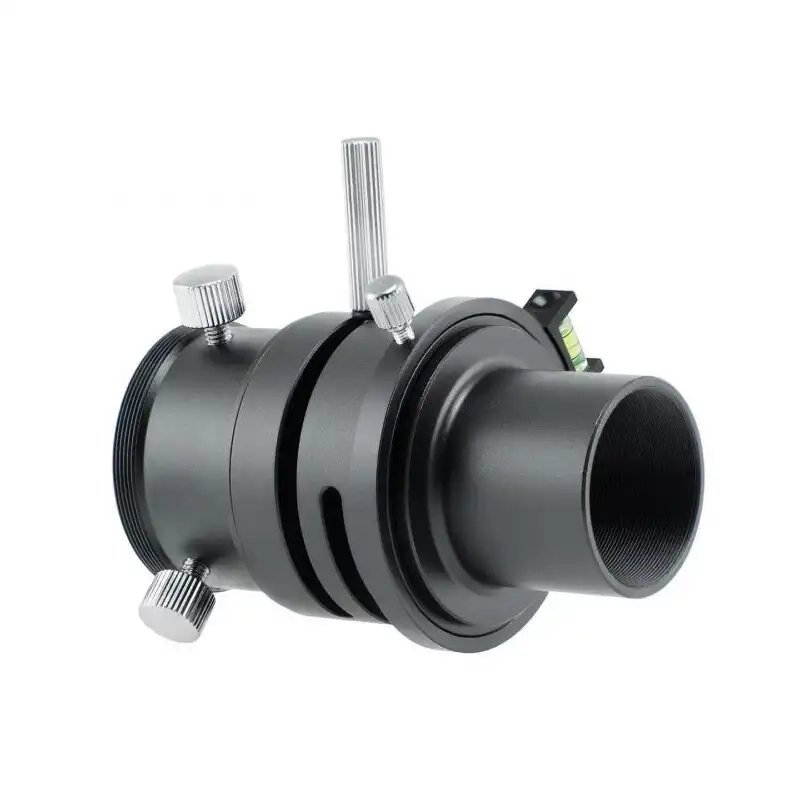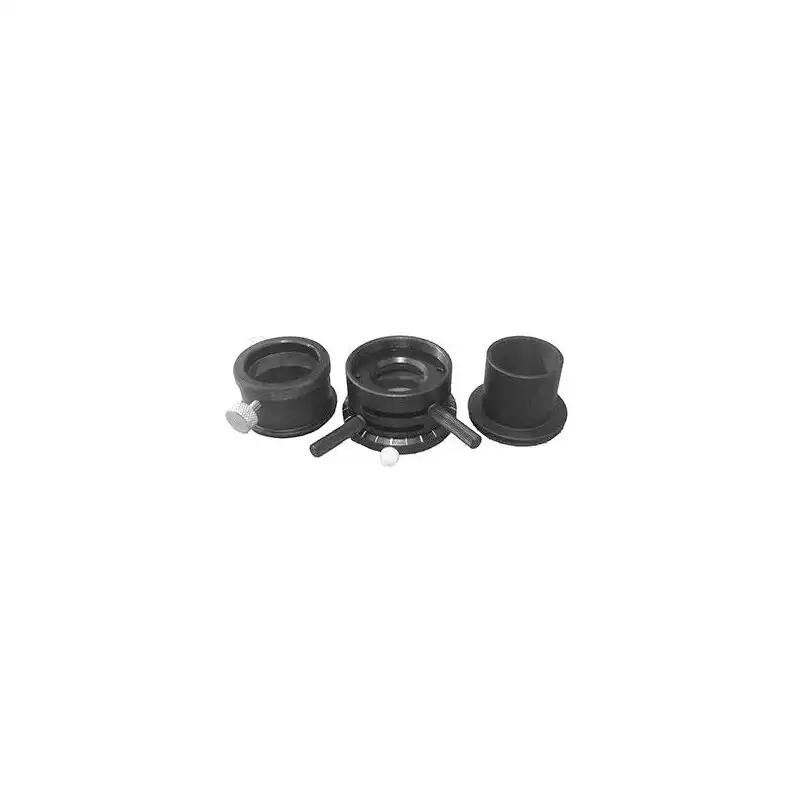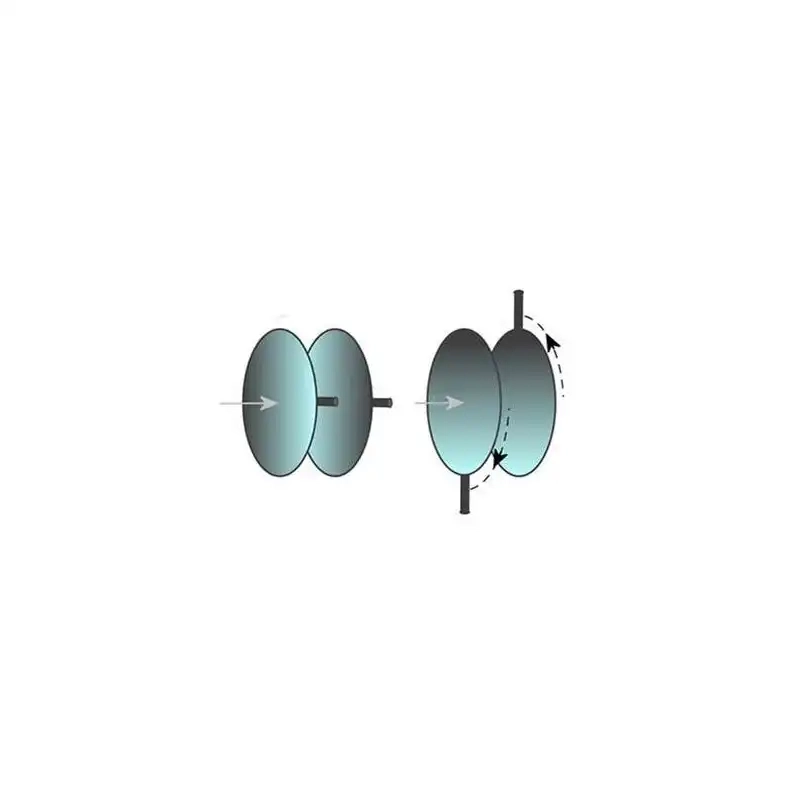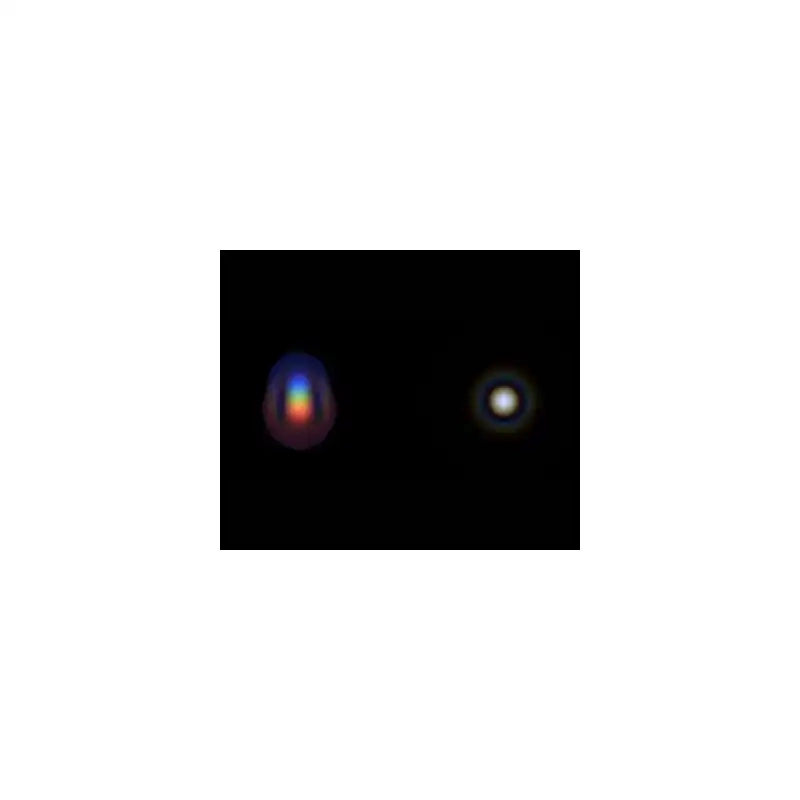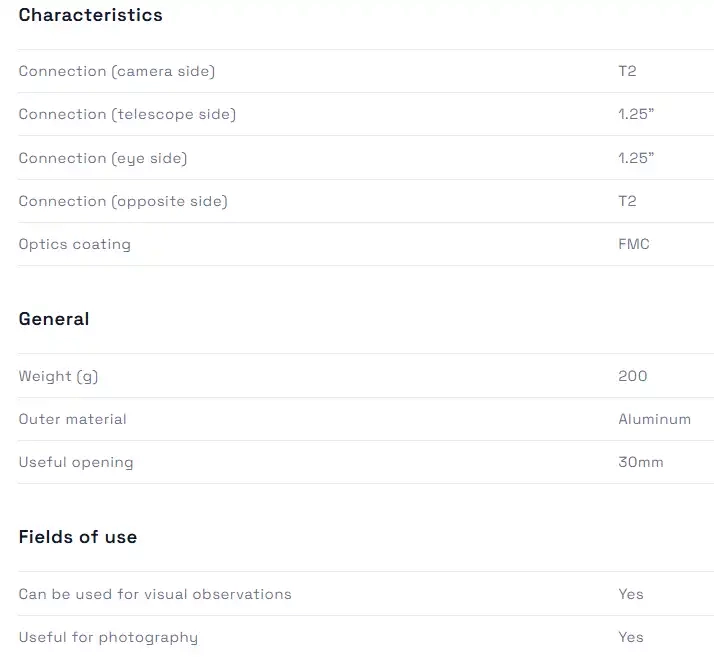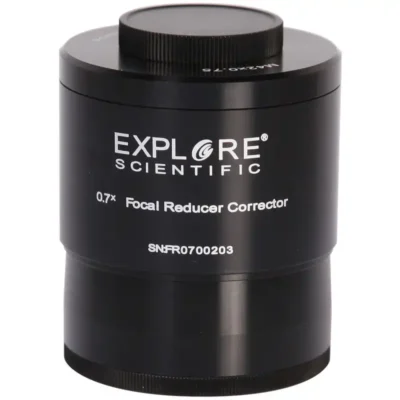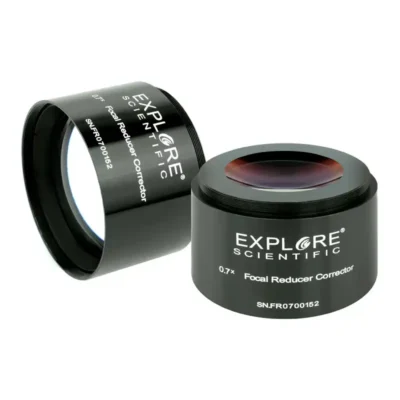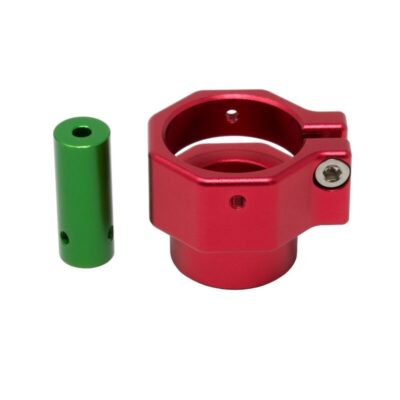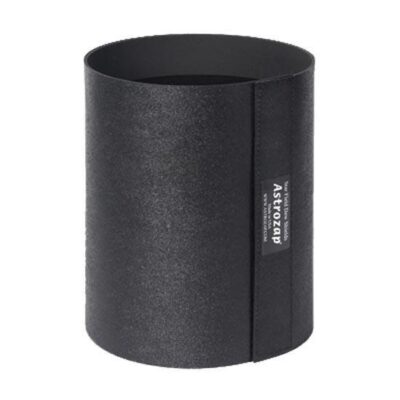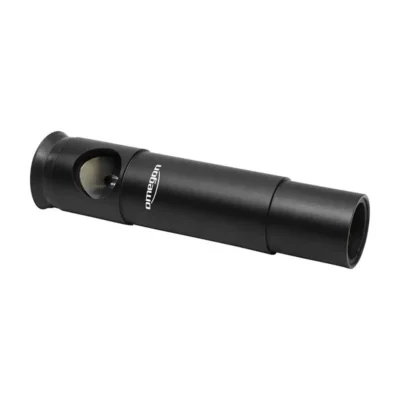Περιγραφή
What is an Atmospheric Disspersion Corrector (ADC)?
When light from stars and planets passes through Earth’s atmosphere , it is refracted by the layer of air. The strength of this refraction depends on the wavelength; a phenomenon called dispersion , which causes annoying halos at the edges of planetary images.
The atmosphere therefore essentially acts like a telescope lens with chromatic aberrations. This means that even with high-quality optics free of chromatic aberrations, these halos will always appear. The dispersion of the Earth’s atmosphere cannot be corrected by your telescope’s optics. This is where the small Artesky ADC device comes in: it essentially consists of two rotatable silicate glass prisms. The prisms generate their own chromatic aberration, which compensates for the dispersion of the Earth. The ADC thus corrects this annoying phenomenon. The prisms’ position is adjustable via a small slider.
Who needs concealer?
The phenomenon of dispersion depends greatly on the height of the observed object in the celestial vault.
The lower the object, the longer its light has to travel through the atmosphere, and therefore the greater the resulting dispersion. It is precisely the bright planets that often appear low on the horizon, especially when at high latitudes. Thanks to the Artesky ADC, you can observe planets with greater brightness and without chromatic aberrations not only when they are high in the sky, but also at sunrise and sunset . This allows considerable flexibility in choosing your observing times .
Halos are just the most obvious effect of dispersion. Especially in photography, this phenomenon is annoyingly visible in contrasts, as can be clearly seen in the examples given. Of course, it is possible to increase contrast in post-production, but not without losing resolution. Since the use of ADC in photography is particularly useful, this device is equipped with a T2 mount on both sides .
To ensure high light transmission , the ADC’s optical surfaces are multi-coated. This coating is specially optimized for astrophotography, in the range from 200 to 700 nanometers.
The use of the ADC depends on the telescope used. For it to work properly, the focal ratio should be less than f/10. This is always the case with SC telescopes, however, with other optics, using a Barlow lens may be useful.

